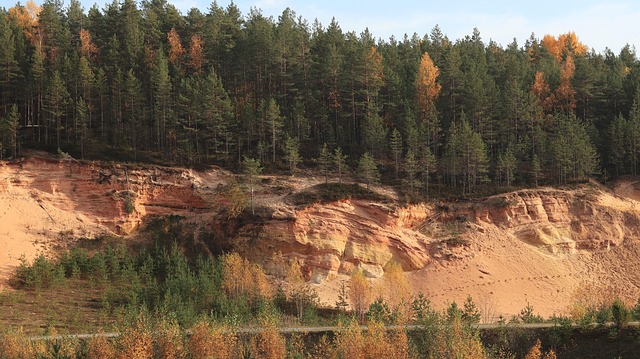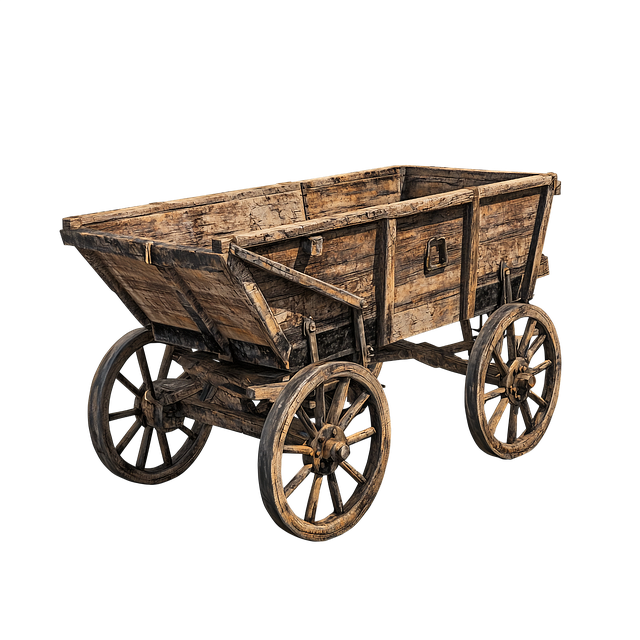Cottage Grove, Oregon, rose to prominence in the 19th century due to its rich natural resources, particularly dense Douglas fir and cedar forests, which fueled a booming logging industry during the California Gold Rush. This period saw the establishment of sawmills along the Willamette River, transforming Cottage Grove into a vital hub with a robust logging sector at its core. The town's historical significance is deeply intertwined with its logging industry roots, and today it proudly preserves this heritage through lush forests, historical sites, museums, and educational initiatives, attracting visitors interested in exploring its charming past.
Cottage Grove, Oregon, boasts a rich history intertwined with the logging industry, dating back to its early days. This former gold rush hotspot saw its inception and initial growth fueled by resource extraction. The Rise of Logging delves into how this sector boomed, shaping the regional economy. The Gold Rush Connection explores the interplay between logging and the area’s economic prosperity. Through Historical Significance, we uncover the lasting impact on Cottage Grove’s development. Today, Preservation and Modern Reflection highlight efforts to honor this heritage while the community evolves.
- The Early Days: Cottage Grove's Establishment and Initial Industries
- The Rise of Logging: A Booming Industry in the Area
- Gold Rush Connection: How Logging Influenced the Regional Economy
- Historical Significance: The Impact on Cottage Grove's Development
- Preservation and Modern Reflection: Honoring the Past in a Changing Community
The Early Days: Cottage Grove's Establishment and Initial Industries

Cottage Grove, Oregon, began its journey as a small settlement in the mid-19th century. The area’s rich natural resources played a pivotal role in its early development. Initially, the logging industry thrived due to the dense forests of Douglas fir and cedar, attracting pioneers seeking a new life. The region’s accessibility improved with the arrival of steam-powered trains, facilitating the transport of logs to market.
As the logging industry boomed, Cottage Grove established itself as a vital hub. Sawmills sprang up along the Willamette River, processing the vast timber harvests. The town’s strategic location also made it an ideal stopover point for travelers and traders, further contributing to its growth. This period laid the foundation for the community’s economic prosperity, shaping Cottage Grove into a bustling center with a robust logging industry at its core.
The Rise of Logging: A Booming Industry in the Area

In the midst of Oregon’s rich history, Cottage Grove emerged as a pivotal hub during the state’s early development. The area’s vast forests played a significant role in shaping its destiny, with logging becoming a dominant industry. As the Gold Rush attracted pioneers to the region, the demand for timber grew exponentially, fueling the rise of a bustling logging industry. Sawmills sprang up along the coast and rivers, processing the abundant lumber from the nearby forests.
Cottage Grove’s logging industry boomed in the 1800s and early 1900s, contributing significantly to the local economy. The dense timberlands became a magnet for loggers who utilized river systems for transporting logs to coastal mills. This period marked a transformative phase in the region’s history, as the logging industry left an indelible mark on the landscape and the community that grew around it.
Gold Rush Connection: How Logging Influenced the Regional Economy

Cottage Grove, Oregon, boasts a rich history tied to its natural resources. While gold was not as abundant in this region as in other parts of the state during the California Gold Rush, the local logging industry played a pivotal role in shaping the area’s economy. The dense forests surrounding Cottage Grove provided an abundant supply of timber, making it a bustling hub for logging operations. This thriving industry attracted workers and settlers, contributing to the growth of the community.
The Cottage Grove logging industry became a vital part of the regional economy, supporting local businesses and creating employment opportunities. Logging companies not only harvested timber but also developed infrastructure, such as roads and mills, which further stimulated the area’s economic development. The connection between gold rush fervor and the subsequent logging boom highlights the diverse paths to prosperity that can emerge from rich natural resources.
Historical Significance: The Impact on Cottage Grove's Development

Cottage Grove’s historical significance is deeply rooted in its past as a vital hub during the Gold Rush era, which had a profound impact on its development. The area’s rich natural resources, particularly its lush forests, fueled an thriving logging industry that became the backbone of the local economy. This period saw an influx of settlers and entrepreneurs who recognized the potential of this scenic region, transforming it from a wild frontier into a bustling community.
The Gold Rush brought not only wealth seekers but also skilled lumberjacks and entrepreneurs who established mills and businesses catering to the growing logging industry. As a result, Cottage Grove developed into a vibrant center where logs were processed and traded, contributing to its rapid growth and shaping its unique character as a charming, history-rich town.
Preservation and Modern Reflection: Honoring the Past in a Changing Community

Cottage Grove’s historical roots lie deeply in the logging industry, shaping its character and identity over centuries. Today, while the community has evolved, preserving this heritage remains a vital part of its modern narrative. The past is reflected in the lush forests that still surround the town, a testament to the sustainable practices that have allowed nature to flourish even amidst urban development. Local initiatives focus on showcasing this unique history through historical sites, museums, and educational programs, ensuring that the stories of the gold rush days and the logging era are not forgotten.
Modern Cottage Grove embraces its rich past while also looking towards a future where community engagement and environmental stewardship go hand in hand. This balance fosters a sense of pride among residents, who actively participate in preserving and sharing their town’s story with visitors. By celebrating its logging industry roots responsibly, Cottage Grove ensures that its history remains an integral part of its identity, attracting curious travelers and locals alike to uncover the stories woven into this charming community.
